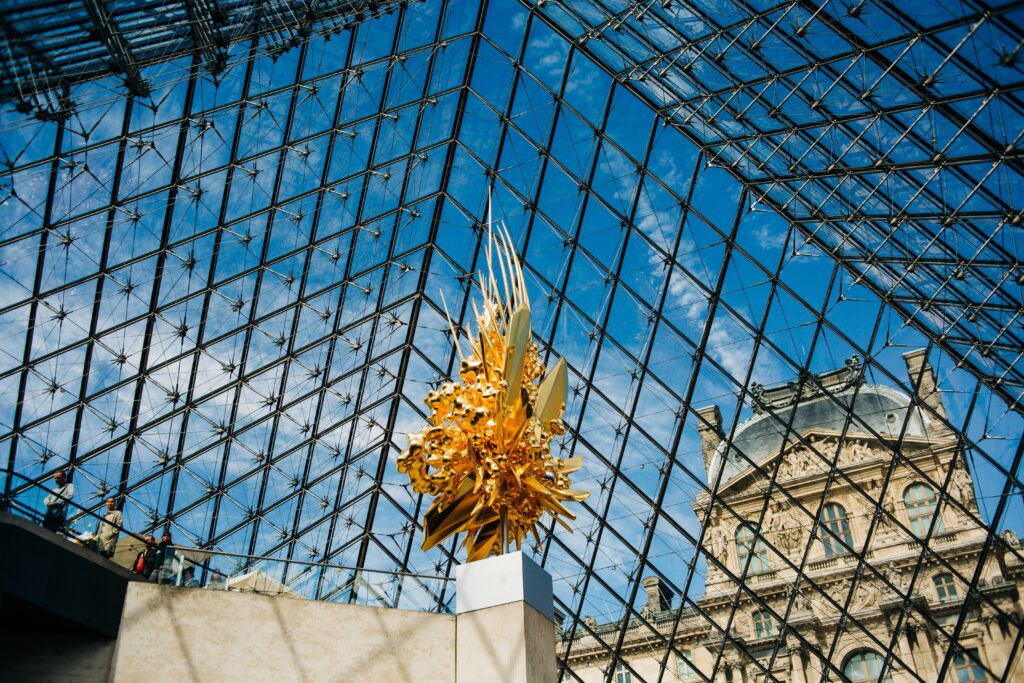The Louvre transferred part of its jewellery collection to the Bank of France on Friday following last week’s audacious robbery. French broadcaster RTL reported that police discreetly escorted the transfer to secure storage. The collection included the famed “Crown Jewels” from the Apollo Gallery and other valuable pieces from across the museum.
Officials placed the jewels inside the Bank of France’s underground vault, located 27 meters below its Paris headquarters. The vault already holds about 90% of France’s gold reserves, making it one of the country’s most secure locations.
The decision came days after eight crown jewels were stolen in broad daylight, sparking outrage across France and renewed criticism of the museum’s security measures.
Thieves Execute Daring Daylight Robbery
Investigators said several masked thieves used a basket lift to reach a balcony connected to the Apollo Gallery. They forced open a window, smashed display cases, and grabbed the jewels before fleeing on two-wheelers.
The entire operation lasted only six to seven minutes, according to police sources. Prosecutors estimated the stolen items’ value at €88 million, though experts stressed their cultural worth is far greater.
Authorities launched a major investigation to recover the jewels and identify those responsible. The theft shocked Parisians and prompted lawmakers to call the incident a “national humiliation.”
Lawmakers Demand Answers Amid Growing Museum Heists
French politicians condemned the robbery and questioned why previous warnings about security funding were ignored. Louvre officials had repeatedly requested more resources to upgrade safety systems before the heist occurred.
Cultural authorities promised immediate action to strengthen protections at national museums. However, experts noted that similar crimes have surged across Europe. In France alone, at least four museums have been robbed in recent months.
The Louvre’s decision to move its jewels underscores growing fears that even world-class institutions face serious security vulnerabilities in the face of increasingly organized art thefts.

